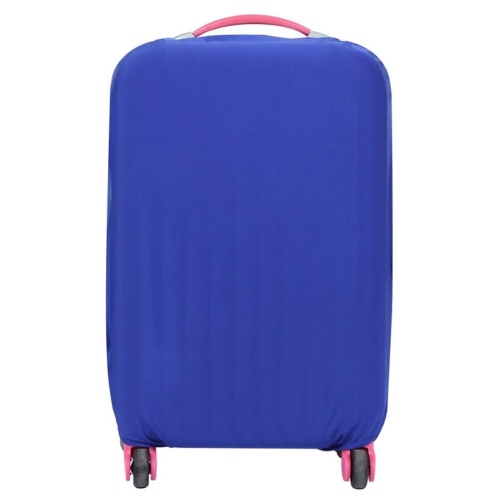Gratis
Apoyo

CITY TOUR Explore the traditional city of Dubai around the Dubai Creek, and visit a wide variety of museums, souks, a fort, an old palace and historical districts. Tour Highlights Al Fahidi Al Bastakiya Heritage Village Old Souk Dhow Wharfage Museums Dubai Creek Gold Souk Old Watch Tower Spice Souk Hindu Temple Persian Mosque BEACH TOUR Head along the coast to Jumeirah Beach and along the iconic Burj Al Arab, discover Downtown Dubai, Atlantis the Palm and marvel at the world’s tallest building. Tour Highlights: Burj Khalifa Dubai Fountains Burj Al Arab Jumeirah Mosque Atlantis the Palm Sheikh Zayed Road Downtown Dubai Hub Zero The Dubai Mall Green Planet Union House Palm Jumeirah MARINA TOUR Experience the thrilling views of Dubai Marina and its stunning waterfront. Visit The Beach along JBR and explore modern Dubai Tour Highlights Dubai Marina Marina Walk The Beach Ain Dubai The Walk JBR Cayan Tower Sky Dive Tallest Block Mall of the Emirates Ski Dubai Souk Madinat Promenade WALKING TOURS Al Fahidi Historical District Trek Visit Dubai’s old quarter, explore the Batakiya, see the old city wall ruins, get entry to museums and access Al Fahidi Fort, the old Dubai building dating back to 1787. Heritage Village Walking Tour Explore the Heritage Village, an early settlement with preserved buildings, museums & palaces dating back to the 1830s. Villagers survived by pearl diving & fishing. Arabian Treasures Walking Tour Discover hidden treasures and mysteries in this walk of Arabia. Visit a spice souk, a Hindu temple and museums, cross Dubai Creek by Abra and behold the Gold Souk. Downtown Discovery Walk Explore the vibrant district of Downtown Dubai! See Dubai Mall, a hidden souk, a real dinosaur, sharks in an aquarium, the iconic Burj Khalifa and Dubai Fountain REDEMPTION INSTRUCTION: Redeem vouchers at Big Bus Dubai Sales points: The Dubai Mall, Mall Of The Emirates, Deira City Center, Wafi, Burjuman, Dubai Festival City, Atlantis The Palm, Marina Mall, The Beach, Souk Madinat Jumeirah. Hours of operation are 8:50am –8:20pm
What you will see Čech Bridge Rudolfinum Mánes Bridge Charles Bridge Prague Castle Kampa Island Legion Bridge National Theatre River Locks Malostranská Water Tower Jirásek Bridge Dancing House Palacký Bridge Emmaus Monastery Railway Bridge Vyšehrad Podolí Waterworks Straka Academy Civic Swimming Pool Prague Metronome Na Františku Hospital The cruise departs from the dock at Čech Bridge, pier No. 5 (recommended arrival 20 mins. before departure). You will be welcomed with a typical Czech aperitif during boarding. After the departure, the buffet-style lunch will be opened; you can select from typical Czech or International cuisine and enjoy the lunch while viewing Prague's sights. You can order from a wide range of alcoholic and non-alcoholic beverages during the cruise. Entertainment on the deck will be provided by a music band. First the cruise will head upstream the Vltava River around the Rudolfinum and the Old Town. Then the boat will float under Charles Bridge and you will have a spectacular view of Prague Castle. Your cruise will continue around Kampa Island to the old river locks. On the other side of the river you can see the National Theatre. When entering the river locks, you can count how many penguins are there – a sculpture by an art group. On the other side of the locks you will see the famous Dancing House and the cruise will then continue under several Prague bridges, around the Emmaus Monastery up to Vyšehrad and the Podolí Waterworks. Here the boat turns back and sails past the Straka Academy, the Civic Swimming Pool and the Prague Metronome back to the dock. There you will see the Na Františku Hospital on the other side of the Vltava River.
Información de temporada. En esta época del año suele hacer frío en la Sierra Aitana. Se pueden proporcionar jerséis, guantes, bufandas y gorros en el viaje. Por favor, revise las condiciones climatológica en las montañas, y recuerden llevar: Zapatos cómodos y cerrados Pantalones largos Chaqueta, polar o jersey
Filtre à essence en aluminium 1/2 "-28 Filtre à air turbo
Eating and smoking, as well as acting in a loud manner are forbidden at the site. The maximum size of backpacks or handbags brought into the Museum cannot exceed dimensions: 30x20x10 cm. Larger bags Taking photos in the buildings with the use of flash is forbidden. You are allowed to take photos only in selected parts of the Museum. A discount entrance fee is available for students any country aged up to 24 holding a valid student ID. You have to present printed voucher to Tour Leader before beginning of the trip
For families At the LEGOLAND® Discovery Center, Berlin, you'll find: Full baby changing facilities Elevator access (wheelchairs and strollers) Lockers for your personal belongings Cafe - selling drinks and snacks For guests with disabilities LEGOLAND® Discovery Center Berlin is suitable for guests with disabilities. Risk assessments and policies are reviewed annually, to ensure the attraction remains accessible for all visitors with disabilities, including wheelchair users. We have elevators to all levels and a wheelchair accessible restrooms.
